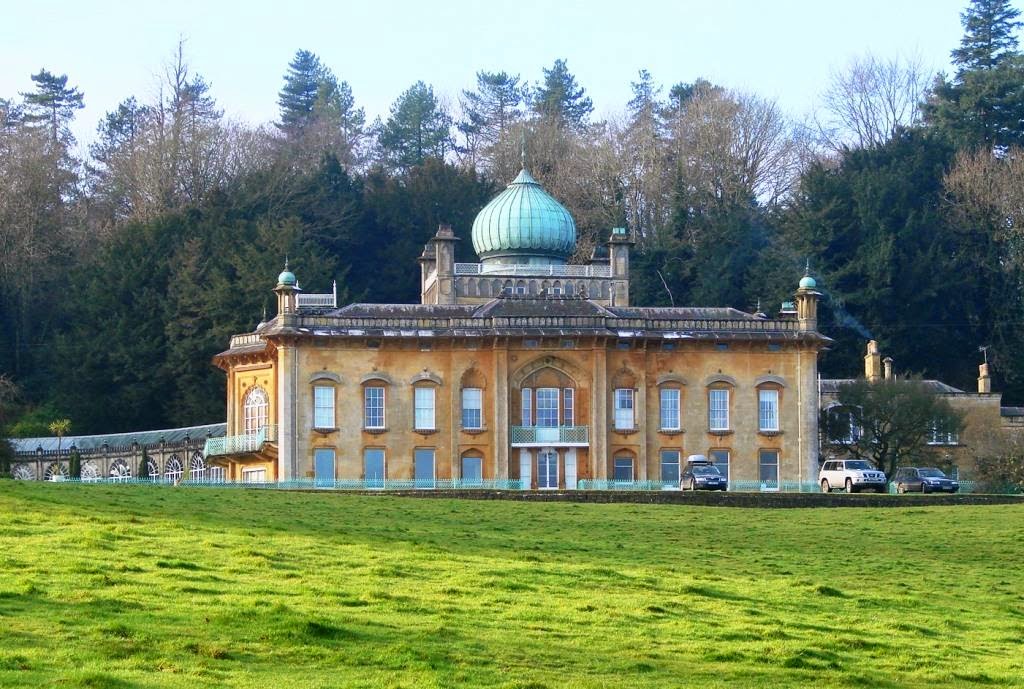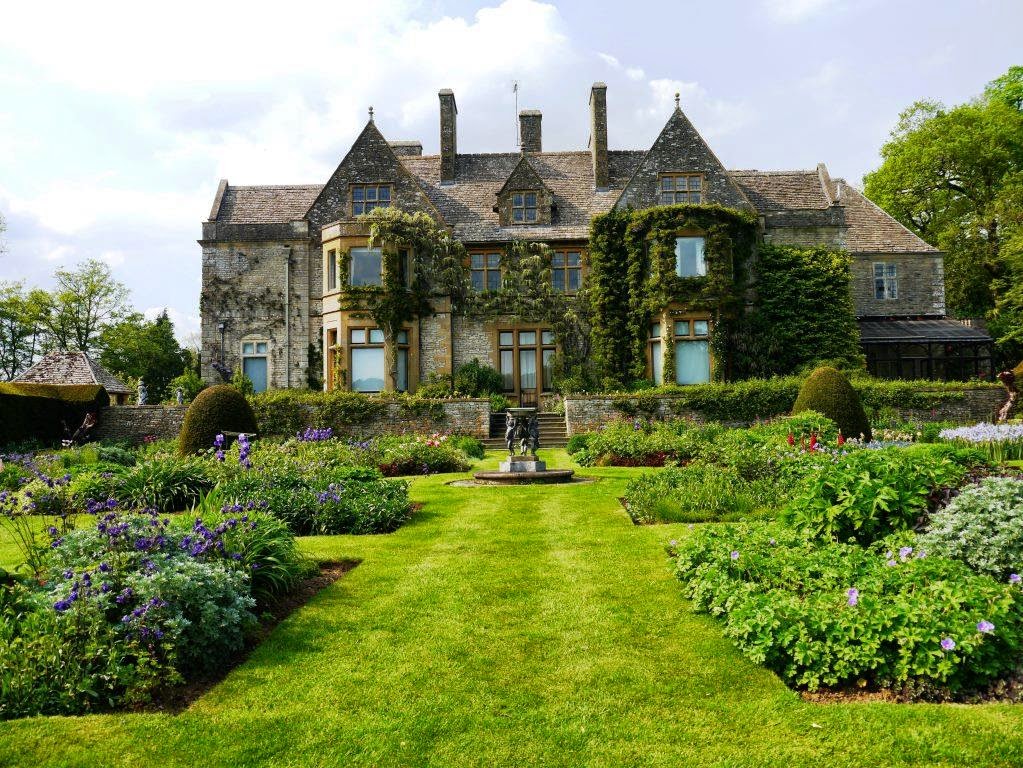 |
| Chastleton House |
Chastleton House is a Jacobean country house built between 1607 and 1612. It was built by Walter Jones, a wealthy lawyer and wool merchant, with no expense spared. But the family were Royalists during the English Civil War (1642-1651) and in the 18th century they supported the Jacobite cause, which aimed to restore a Stuart king to the throne removing the Hanoverian dynasty. As a result the family was heavily fined for its political views. Subsequently, their fortunes did not improve and when the National Trust took the house over in 1991, the interior was much the same as it had been in the 1612. It remains so today, as the National Trust have done only essential repairs, thus retaining the unique 17th century atmosphere.
Our guided and self-guided day walk, ‘Adlestrop: Where for a moment a blackbird sang’ passes Chastleton House, and the house is open to the public on Wednesday to Sunday afternoon from early March to the end of October.
 |
| Blenheim Palace |
Blenheim Palace is the sumptuous home of the Dukes of Malborough. The estate together with funds to build the palace were given to John Churchill, 1st Duke of Malborough, by Queen Anne and parliament, who were grateful for his victory over Louis XIV of France on 13 August 1704 at the Battle of Blenheim. John Churchill went on to win other battles in the War of Spanish Succession (1701-1714) and the palace is a memorial to him and his military victories.
Set in a country estate, the view of the house and lake was described by Randolph Churchill as ‘The finest view in England’ to his future wife on her first visit. Their son, Sir Winston Churchill(1864-1965) was born there and he is buried in the churchyard at Bladon, next to the estate.
We can arrange a short break of walks in and around Woodstock and Blenheim Palace. Walkers along Shakespeare’s Way and the Oxfordshire Way pass through the estate getting magnificent views of the lake and palace beyond. The palace is open daily from mid-February to mid-December.
 |
| Sezincote House |
Sezincote House, which lies on the spring line at the eastern side of the North Cotswolds, was designed in the “Indian Style”, by the architect, Samuel Pepys Cockerell in 1805. The gardens were designed by Humphrey Repton, the eminent horticulturalist who is considered the last of the great British landscape gardeners. When the Prince Regent visited the house in 1807 he admired the unique combination of Hindu and Muslim architecture, and it is said that it influenced the design of his exotic oriental retreat, the Brighton Pavilion.
Our ‘Classic Cotswold’ tour passes Sezincote on the routes from Moreton-in-Marsh and Chipping Campden to Stow-on-the-Wold.
 |
| Abbotswood House |
Abbotswood
is a lovely country house near Stow-on-the-Wold. The estate dates back to 1253, but
the current house was built in 1867. Shortly afterwards it was remodelled and
enlarged in 1902 by Edwin Lutyens, the eminent British architect who adapted traditional
designs for modern day living. Lutyens
also designed the stunning gardens and these are open to the public in April
when the rhododendrons in bloom and in October when the acers are in full
autumn colour and at other times of the year – this photo was taken in
mid-summer. For people with deep
pockets, the house together with the estate and 13 cottages was recently on the
market for £30 million.
On our shortbreak based in Stow-on-the-Wold one of the walks passes through the estate.
Please contact Anne, to find out more or to book a walking holiday.
Happy hiking
Anne
Walk the Landscape
No comments:
Post a Comment